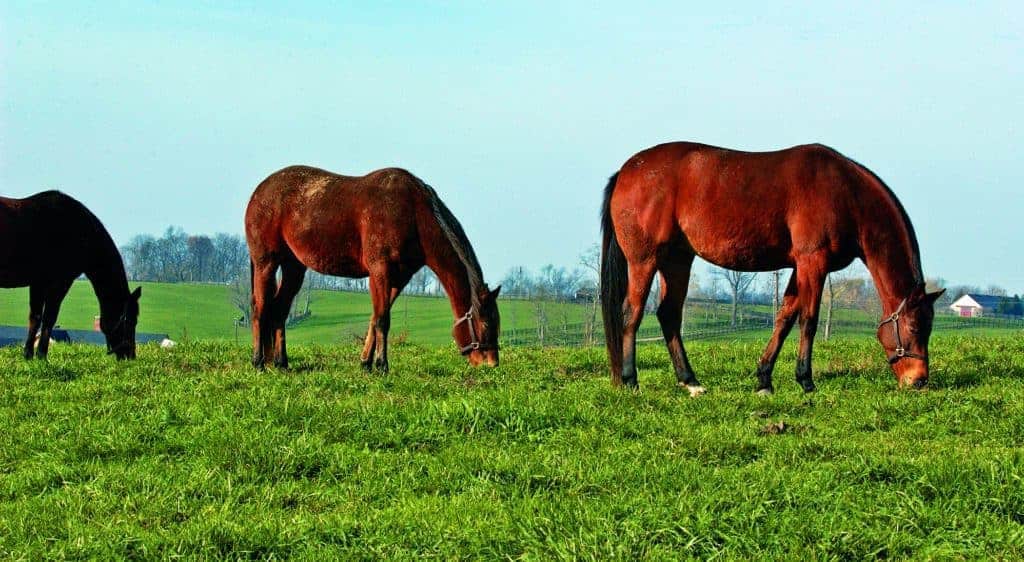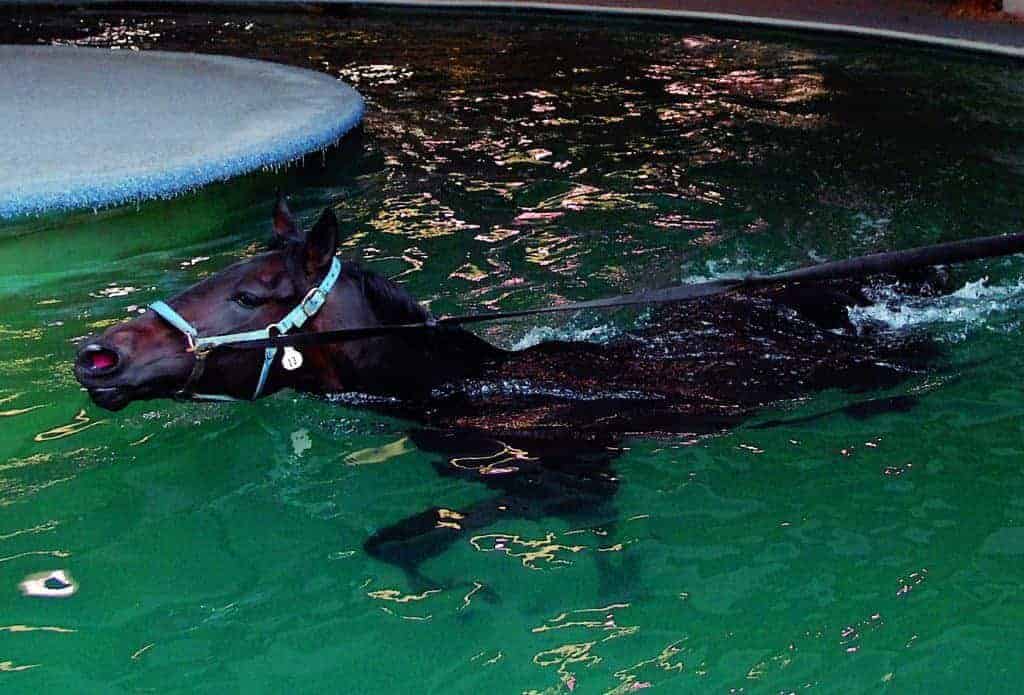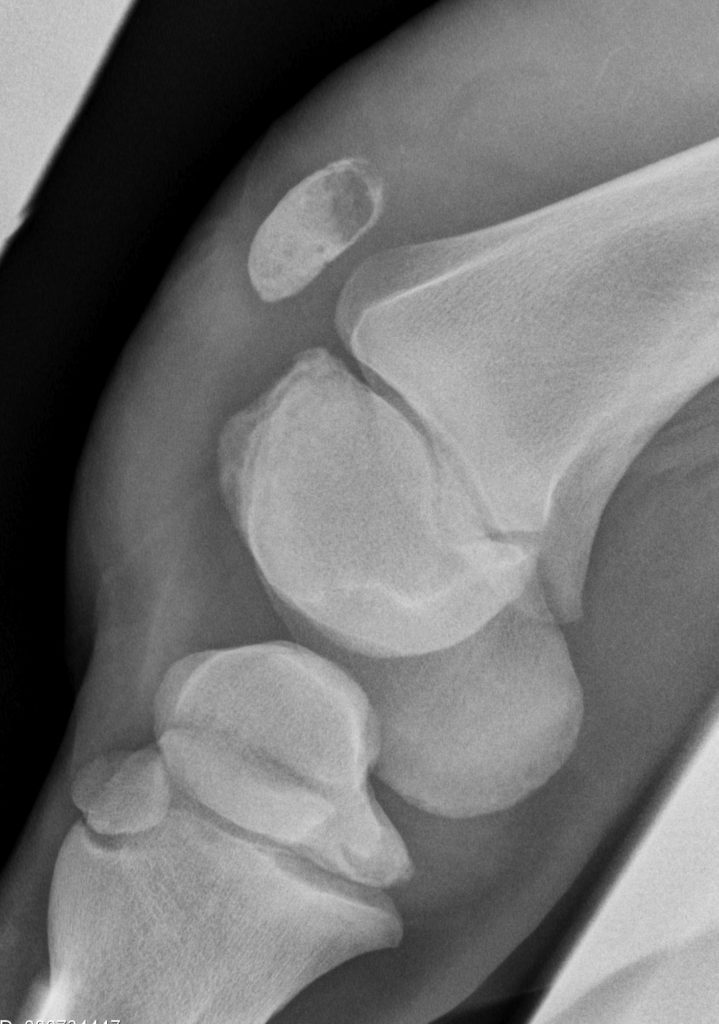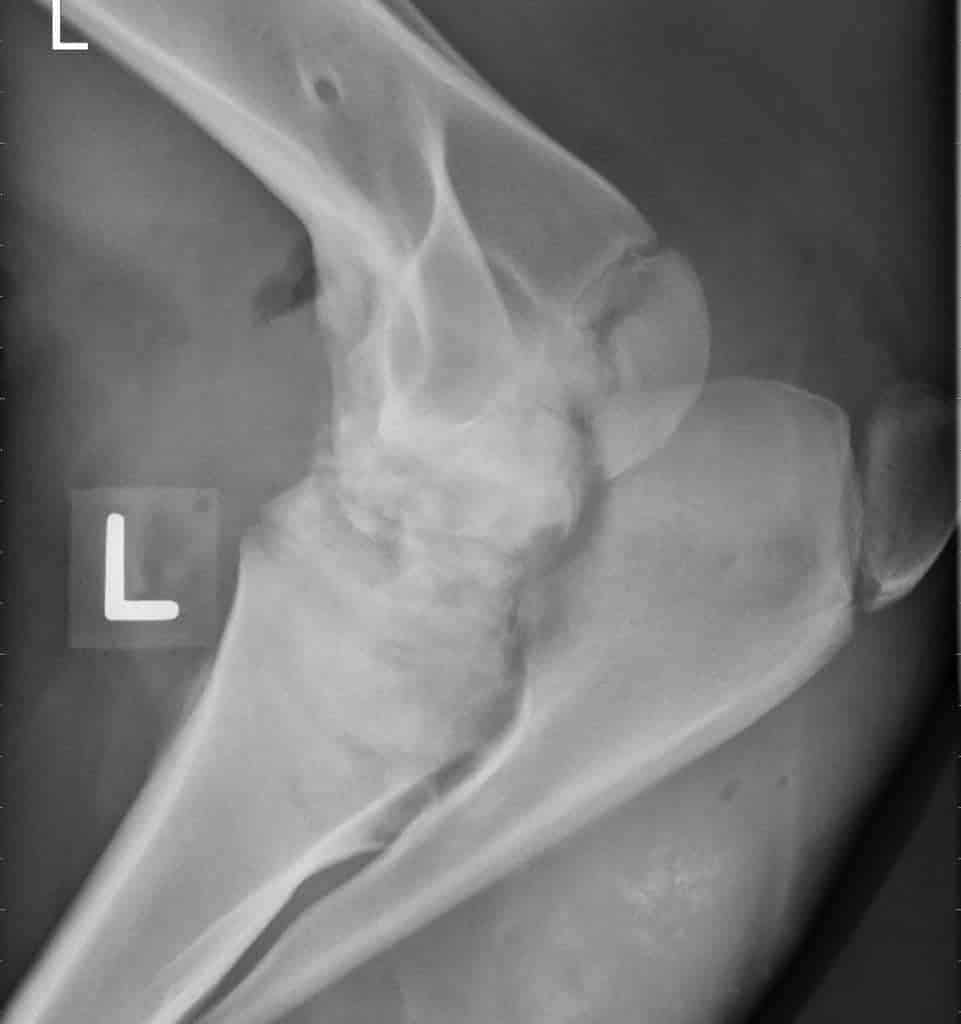
New Deslorelin Formula Improves Pregnancy Rates (AAEP 2011)
A 1.8-mg dose of the deslorelin acetate formulation was safe and effective in inducing ovulation in mares.

A 1.8-mg dose of the deslorelin acetate formulation was safe and effective in inducing ovulation in mares.

Without proper post-treatment management and some husbandry adjustments pneumonia can recur.

A physical therapy program is owner- and horse-intensive in terms of time and energy for successful outcomes.

This procedure involves intravenous antibiotic delivery to the lower limb via a vein close to the trauma site.

Ensure a bacterial infection that will respond to antibiotics is actually present before beginning treatment.

If a horse eats an adequate diet there might be no need for supplementation without a specific deficiency.

Veterinarians can prescribe aquatic therapy in the form of swimming pools or underwater treadmills.

Patella infections in foals, while uncommon, can result in prolonged and severe stifle joint infection.

One researcher says manual therapies can effectively relieve back pain.

Owners or caretakers should be prepared for emergencies when mares are scheduled to foal.

In one study of horses with acute respiratory disease, researchers found rhinitis in 42% of affected animals.

Aspiration site should depend on clinician preference, as the cells from both sites behave similarly.
Mixed study results indicate more research is needed to determine dosing frequency and therapeutic window.

In the current study most horses successfully returned to their prior athletic function after colic surgery.
The multistate outbreak in 2011 illustrated the need for infectious disease control in the equine community.

Treatment goals should be to aid in performance without eliminating the joint’s natural response to injury.
Stay on top of the most recent Horse Health news with
"*" indicates required fields